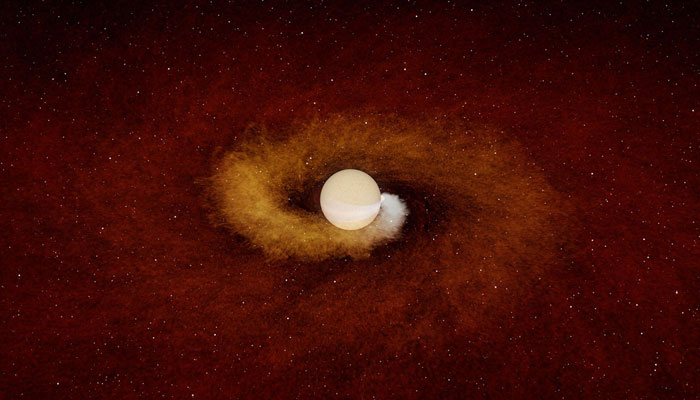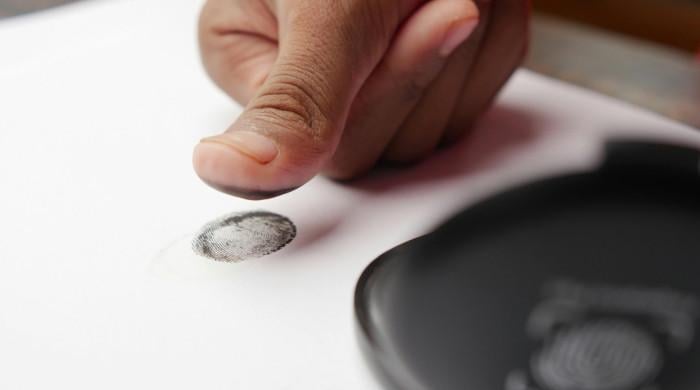Cosmic cannibalism: Hungry old star devours Jupiter-sized planet and burps
As it ran out of fuel, the ageing star started to grow in size and eventually swallowed its orbiting planet
May 05, 2023

In a rare and amazing observation, scientists have revealed in their recent study that a star is eating a Jupiter-sized planet, not in just bits and parts but in a single gulp, said Nasa.
As it ran out of fuel, the ageing star started to grow in size and eventually swallowed its orbiting planet.
Nasa in its news release predicted that in about 5 billion years, "our Sun will go through a similar ageing process, possibly reaching 100 times its current diameter and becoming what’s known as a red giant. During that growth spurt, it will absorb Mercury, Venus, and possibly Earth."
Co-author of the study, Morgan MacLeod of the Harvard-Smithsonian Center for Astrophysics, said: "If it's any consolation, this will happen in about 5 billion years."
According to the researchers: "This galactic feast happened between 10,000 and 15,000 years ago near the Aquila constellation when the star was around 10 billion years old. As the planet went down the stellar hatch, there was a swift hot outburst of light, followed by a long-lasting stream of dust shining brightly in cold infrared energy."
The study that was published in the journal Nature noted: "While there had been previous signs of other stars nibbling at planets and their digestive aftermath, this was the first time the swallow itself was observed."
The brightening burst was spotted by researcher Kishalay De from the Massachusetts Institute of Technology in 2020 while reviewing sky scans captured by the California Institute of Technology's Palomar Observatory.
Caltech's Mansi Kasliwal, who was involved in the study said: "Given a star's lifetime of billions of years, the swallow itself was quite brief — occurring in essentially one fell swoop."
Carole Haswell, an astrophysicist at Britain's Open University said: "This is a different sort of eating. This star gobbled a whole planet in one gulp. In contrast, WASP-12 b and the other hot Jupiters we have previously studied are being delicately licked and nibbled."
In 2010, he led a team and identified a star WASP-12 in the process of eating its planet with the help of the Hubble Space Telescope.
Astronomers don't know if more planets are circling this star at a safer distance. If so, they may have thousands of years before becoming the star's second or third course, said De.
"All that we see around us, all the stuff that we've built around us, this will all be gone in a flash," De said.
After the discovery, scientists have been aware of what they should look for after this jaw-dropping observation. They are estimating that other planets orbiting stars would also undergo the same fate.
"All that we see around us, all the stuff that we've built around us, this will all be gone in a flash," De said.
"This discovery shows that it's worthwhile to take observations of the entire sky and archive them because we don’t yet know all of the interesting events we might be capturing," said Joe Masiero, deputy principal investigator for NEOWISE at IPAC at Caltech.
"With the NEOWISE archive, we can look back in time. We can find hidden treasures or learn something about an object that no other observatory can tell us," said Masiero.









